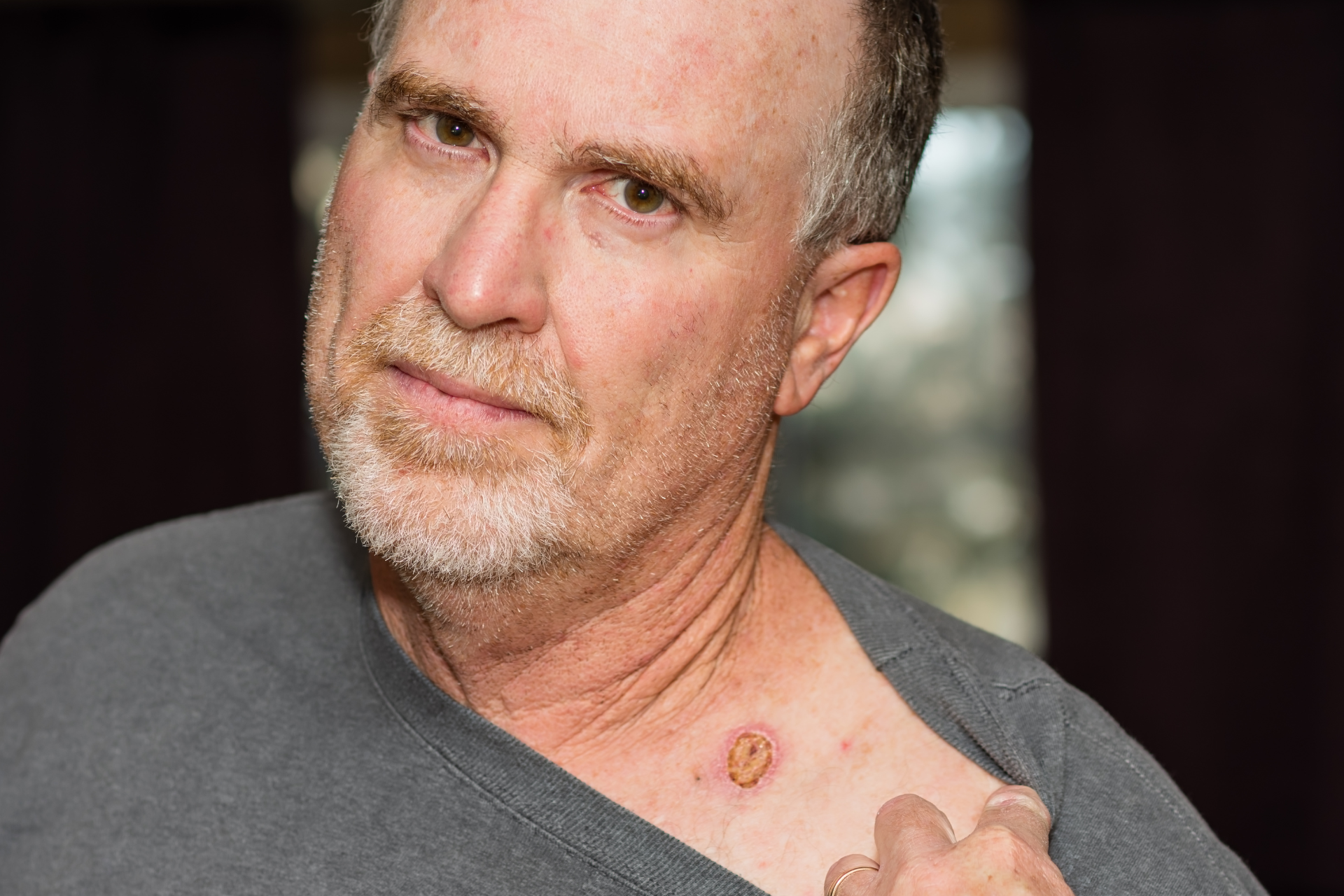Skin Cancer: Early Signs, Risk Factors, and Prevention Tips

At Fall Creek Skin and Health Clinic, we believe that knowledge is power, especially when it comes to your health. Skin cancer is one of the most common types of cancer in the United States, but early detection can significantly improve treatment outcomes. Understanding the early signs, risk factors, and prevention strategies is essential for everyone, no matter your age or skin type.
Early Signs of Skin Cancer
Being vigilant about changes in your skin can be life-saving. Here are some early warning signs of skin cancer to look out for:
1. New Growths or Sores
Any new mole or growth on your skin that appears after the age of 21 should be examined. Pay attention to sores that do not heal; they can indicate more serious issues.
2. Changes in Existing Moles
Keep an eye on any moles you already have. If you notice changes in their size, shape, color, or texture, it's essential to consult with a healthcare provider. The ABCDE rule is a helpful guide:
- Asymmetry
- Border irregularity
- Color variation
- Diameter larger than 6mm
- Evolving in appearance
3. Itching or Tenderness
Any mole or area of your skin that becomes itchy or tender can be a warning sign. Do not ignore persistent discomfort.
4. Unusual Skin Patches
Any scaly, red, or flaky areas should be evaluated, especially if they don’t improve with over-the-counter treatments.
Risk Factors for Skin Cancer
Understanding the risk factors that contribute to skin cancer can help you take preventive measures. Consider the following:
1. UV Exposure
The primary risk factor for skin cancer is exposure to ultraviolet (UV) radiation from the sun or tanning beds. Individuals with a history of sunburns are at greater risk.
2. Skin Type
Fair-skinned individuals with light hair and blue or green eyes are at a higher risk due to lower levels of melanin, which offers some protection against UV radiation.
3. Family History
A family history of skin cancer can increase your risk. Be aware of your genetic predispositions.
4. Age
The risk of developing skin cancer increases with age, particularly for those over 50, although it can occur in younger individuals.
5. Weakened Immune System
People with compromised immune systems, including organ transplant recipients or those with certain diseases, are at an increased risk.
Prevention Tips
Taking proactive steps to protect your skin is crucial. Here are some tips to help reduce your risk:
1. Use Sunscreen
Apply a broad-spectrum sunscreen with at least SPF 30 daily, even on cloudy days. Reapply every two hours and after swimming or sweating.
2. Seek Shade
Whenever possible, avoid direct sunlight, especially between 10 a.m. and 4 p.m. when UV rays are the strongest.
3. Wear Protective Clothing
Long-sleeved shirts, wide-brimmed hats, and UV-blocking sunglasses can provide an extra layer of protection against harmful rays.
4. Regular Skin Checks
Perform self-exams monthly and visit your dermatologist annually for professional skin checks. Early detection is key.
5. Avoid Tanning Beds
The use of tanning beds increases your risk of skin cancer. Seek natural methods for a tan, or consider sunless tanning products instead.
At Fall Creek Skin and Health Clinic, we are dedicated to helping you maintain healthy skin. If you notice any concerning changes, don't hesitate to seek our assistance. Early detection and preventive care are your best defenses against skin cancer. Together, we can safeguard your skin for a brighter, healthier future.




